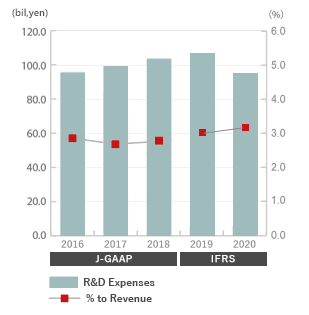Bit random and unedited, but might be interesting if you've never been in a tyre factory before:
http://www.youtube.com/watch?v=qG3sdF8I ... ure=relmfu
Ben
- Login or Register
No account yet? Sign up
MICHELIN
Michelin allocates significant financial and human resources to research and development: R&D has a budget of over 500 million euros p.a. and employs over 6,000 people worldwide.
compared with PIRELLIBRIDGESTONE
Research and development expenditures for the tire segment in 2006 totaled ¥71.5 billion ($600 million).

they don't quote a direct number for their R&D budget (7% of TO), but as you can see, their total investment volume/budget is equal or slightly smaller then what Michelin invests in R&D alone. From here you can see, that they claim a total investment in R&D of 350 Million Euro for 2013-2015 ( ~117 Million Euro p.a.)1,200 full-time researchers globally
R&D estimated at ~117 Million Euro p.a. (see below)
2012 Update
Investments for the year 2012 are seen at below 500 million euro (prior target approximately 500 million euro) and will be predominantly destined to the expansion of Premium capacity, and quality and mix improvements.
GZ's video is a good one. Cutting tires you will find the ply comes down, wraps around the bottom of the bead bundle, then up a distance on the sidewall.hardingfv32 wrote:I have cut tires apart before, but do not recall seeing cord material around the steel bead assembly.

Sure there can be some angle. Done by two layers though - generally this is even stamped on the sidewall of consumer tires (how many body plies, belts)hardingfv32 wrote:I was under the impression that the side-wall cords had an angle involved in their lay-up, a possible X shape look to it. I thought radials might still retain a shallow angle.
In the case of bias ply type tires and what I assume is a X type pattern: Would the X pattern be formed by two layers of angled cord material or one layer of X weaved material?
Brian
